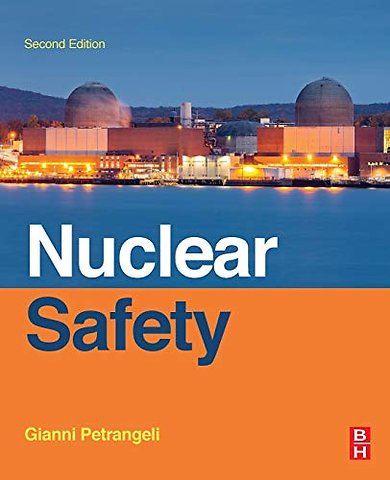Nuclear Safety
Paperback Engels 2019 9780128183267Samenvatting
The second edition of Nuclear Safety provides the most up to date methods and data needed to evaluate the safety of nuclear facilities and related processes using risk-informed safety analysis, and provides readers with new techniques to assess the consequences of radioactive releases. Gianni Petrangeli provides applies his wealth of experience to expertly guide the reader through an analysis of nuclear safety aspects, and applications of various well-known cases. Since the first edition was published in 2006, the Fukishima 2011 inundation and accident has brought a big change in nuclear safety experience and perception. This new edition addresses lessons learned from the 2011 Fukishima accident, provides further examples of nuclear safety application and includes consideration of the most recent operational events and data.
This thoroughly updated resource will be particularly valuable to industry technical managers and operators and the experts involved in plant safety evaluation and controls. This book will satisfy generalists with an ample spectrum of competences, specialists within the nuclear industry, and all those seeking for simple plant modelling and evaluation methods.
New to this edition:
Up to date analysis on recent events within the field, particularly events at Fukushima Further examples of application on safety analysis New ways to use the book through calculated examples
Specificaties
Lezersrecensies
Inhoudsopgave
Rubrieken
- advisering
- algemeen management
- coaching en trainen
- communicatie en media
- economie
- financieel management
- inkoop en logistiek
- internet en social media
- it-management / ict
- juridisch
- leiderschap
- marketing
- mens en maatschappij
- non-profit
- ondernemen
- organisatiekunde
- personal finance
- personeelsmanagement
- persoonlijke effectiviteit
- projectmanagement
- psychologie
- reclame en verkoop
- strategisch management
- verandermanagement
- werk en loopbaan
